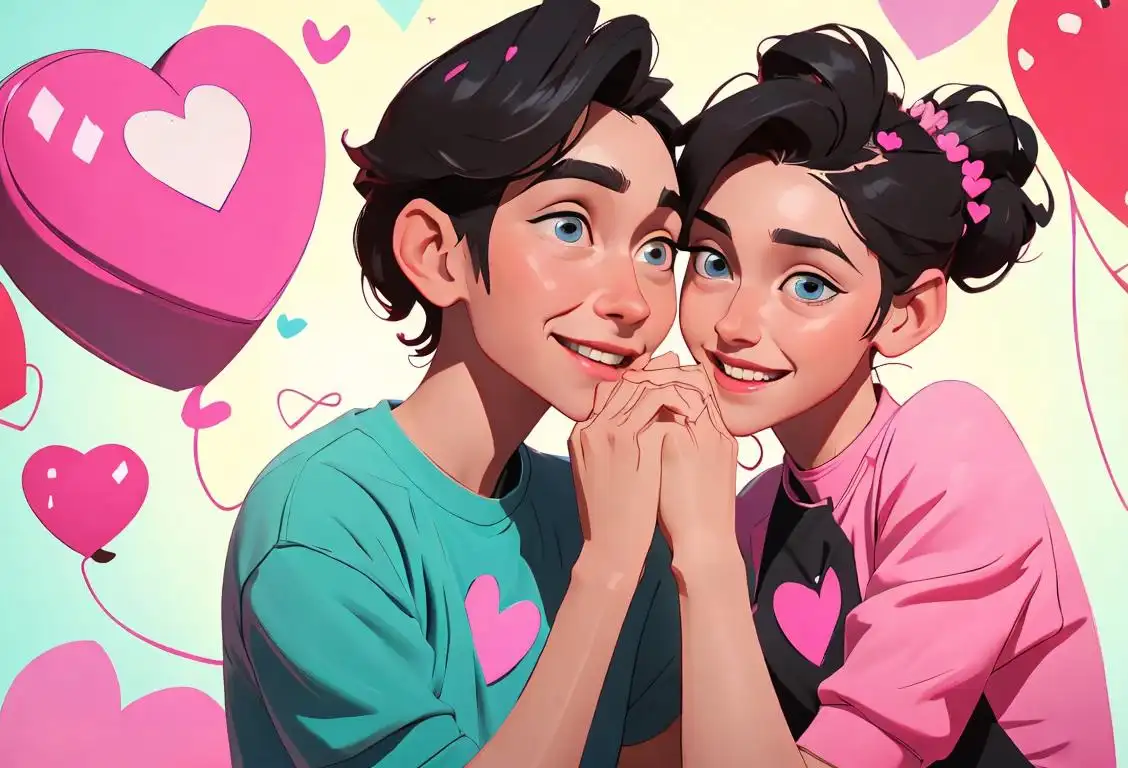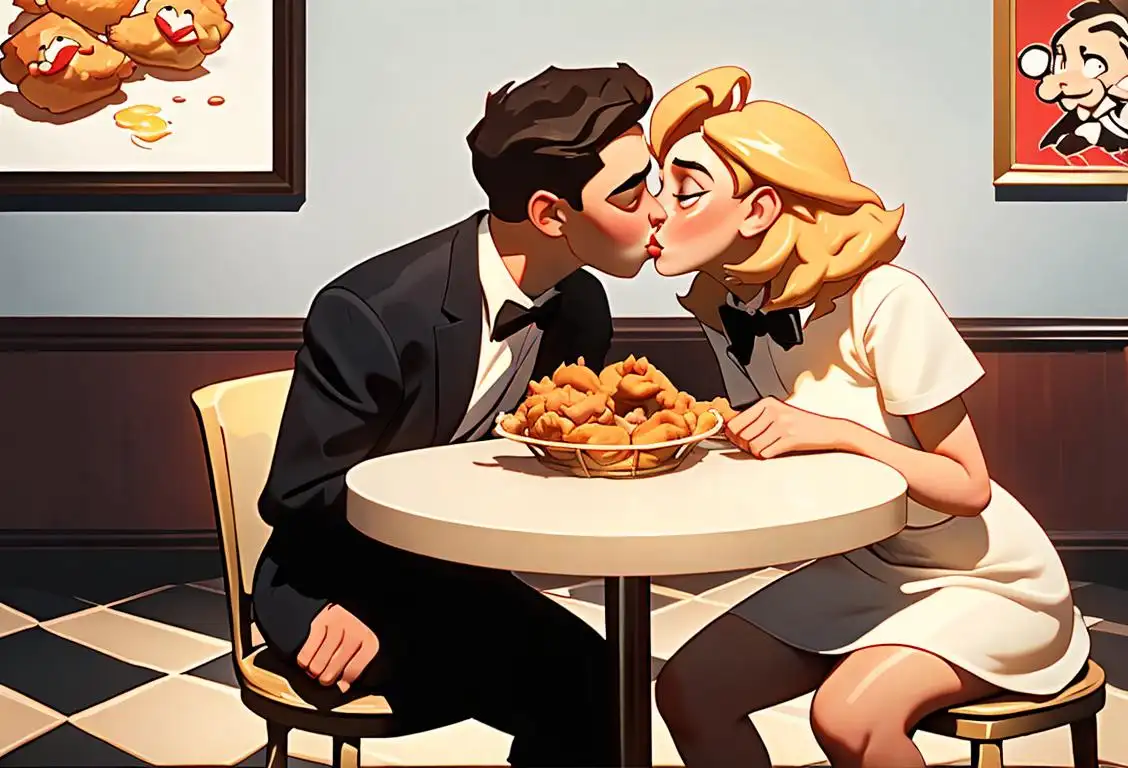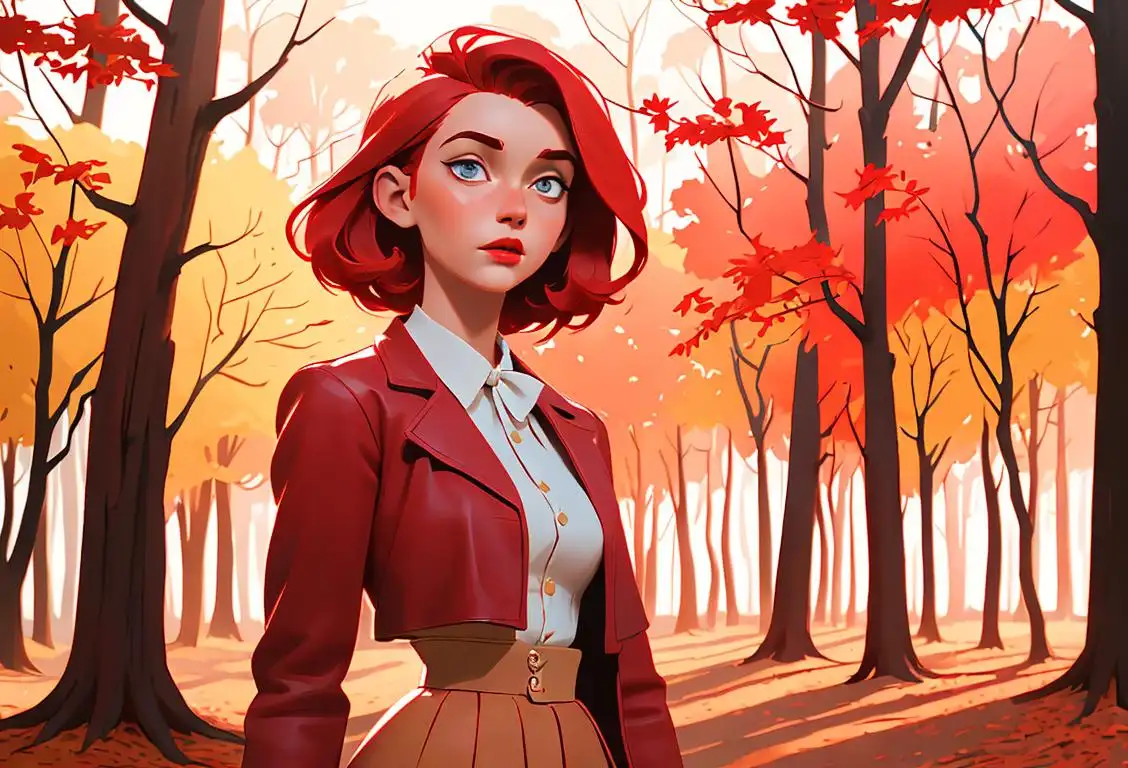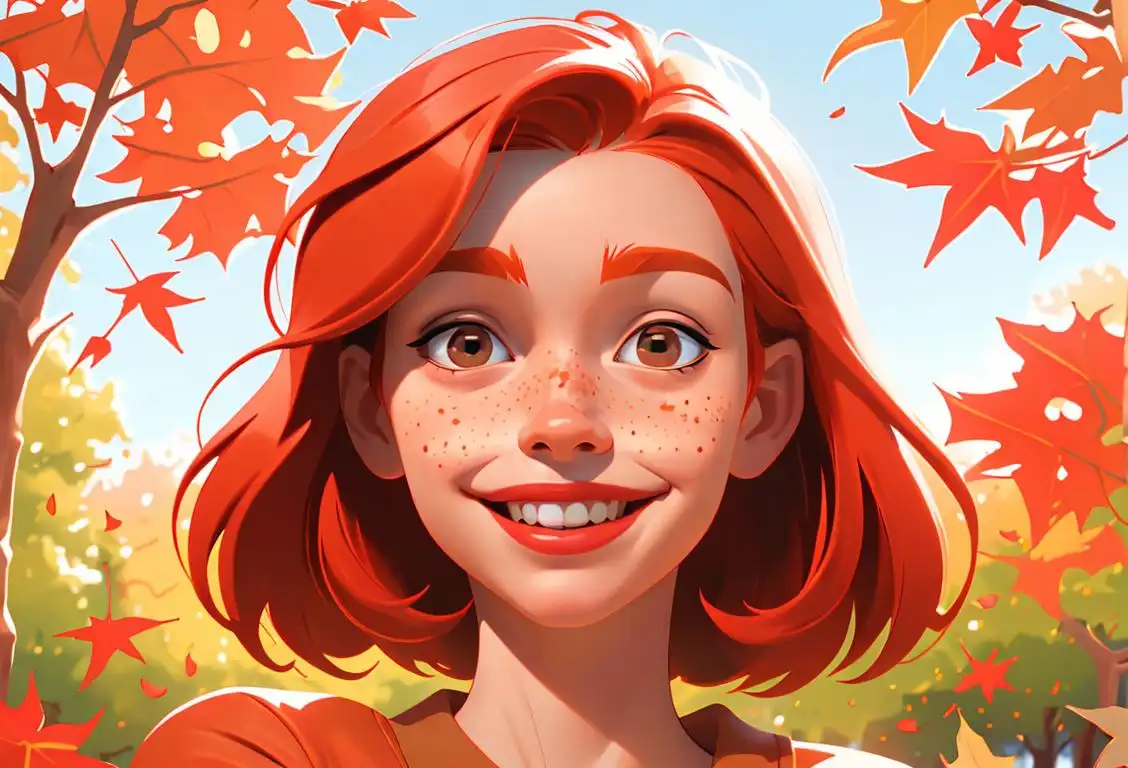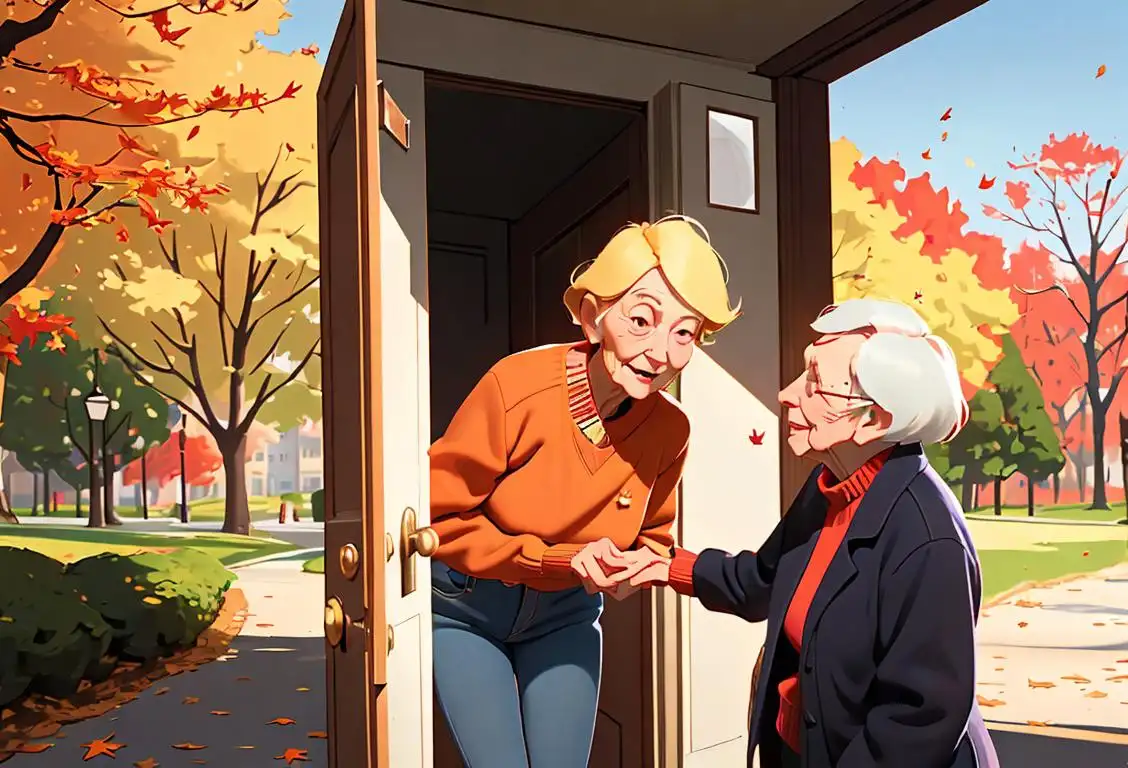National Tell A Fairy Tale Day
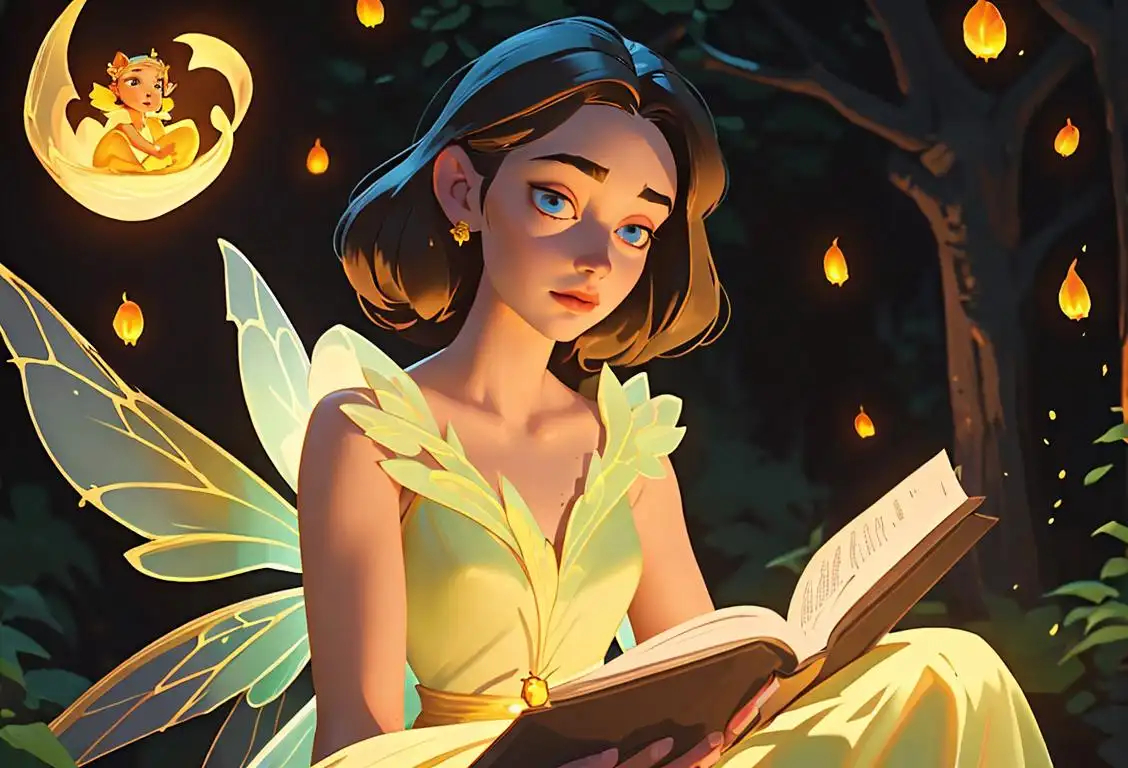
Once upon a time, in a land not so far away, there was a special day called National Tell a Fairy Tale Day. This whimsical day is celebrated around the world to honor the enchanting power of storytelling. So grab a cozy blanket, gather around the fireplace, and get ready to embark on magical adventures filled with knights, princesses, and talking animals!
When is Tell A Fairy Tale Day?
It's national tell a fairy tale day on the 26th February.
The Internet Origins of National Tell a Fairy Tale Day
Just like a fairy tale itself, the internet's history of National Tell a Fairy Tale Day is filled with wonders and surprises. It all began on February 26, 2016, when fairy tale enthusiasts from all corners of the web came together to dedicate a day to the timeless art of storytelling. Social media platforms were abuzz with hashtags like #FairyTaleDay and #OnceUponATime as people shared their favorite tales and celebrated the joy of spinning imaginative narratives.
Since then, this delightful day has gained popularity, captivating both young and old with fantastical tales of bravery, love, and happily ever afters. From online communities sharing original fairy tales to virtual storytelling events, the internet has played a crucial role in promoting the magic of storytelling on National Tell a Fairy Tale Day.
History behind the term 'Tell A Fairy Tale'
1697
Step 1: Origin of Fairy Tales
In 1697, the term 'fairy tales' was first coined by the French author Charles Perrault in his collection 'Tales and Stories of the Past with Morals.' Perrault compiled popular folk tales, including 'Cinderella,' 'Sleeping Beauty,' and 'Little Red Riding Hood,' which he called 'contes de fées' or 'fairy tales.' These stories were influenced by French oral traditions and folklore, and Perrault's collection played a significant role in popularizing the term and genre.
1812
Step 2: Grimms' Fairy Tales
In 1812, the Brothers Grimm, Jacob and Wilhelm, published their collection of fairy tales known as 'Grimms' Fairy Tales' or 'Children's and Household Tales.' The Grimm brothers collected and revised folk tales from German-speaking regions, preserving the oral traditions of the time. Their collection included iconic stories like 'Snow White,' 'Rapunzel,' and 'Hansel and Gretel.' The influence of the Grimm brothers' work further popularized the term 'fairy tales' and solidified the genre's place in literature and culture.
1837
Step 3: The Rise of Romanticism
The 19th century witnessed the rise of Romanticism, an artistic and intellectual movement that embraced emotion, imagination, and the fantastical. Fairy tales became closely associated with Romanticism, as they embodied the imaginative and magical elements cherished by the movement. The term 'fairy tales' gained even more prominence during this time as artists, writers, and composers drew inspiration from these enchanting stories, further embedding them into popular culture.
1902
Step 4: The Birth of Cinema and Fairy Tale Adaptations
With the advent of cinema in the early 20th century, fairy tales found a new medium for their enchanting narratives. Filmmakers began adapting popular fairy tales into silent films, captivating audiences with visual interpretations of these timeless stories. The term 'fairy tales' became more widely recognized as films like 'Cinderella' (1914) and 'Snow White and the Seven Dwarfs' (1937) brought these tales to life on the silver screen.
1950
Step 5: Disney's Animated Fairy Tales
The Walt Disney Studios played a monumental role in shaping the modern perception of fairy tales. In 1950, Disney released the animated film 'Cinderella,' which brought Perrault's version of the tale to a whole new generation. This was followed by numerous adaptations, including 'Sleeping Beauty' (1959), 'Beauty and the Beast' (1991), and 'Frozen' (2013). Disney's influential adaptations further solidified the term 'fairy tales' in popular culture, expanding their reach to global audiences.
Did you know?
Did you know that the 17th-century French author Charles Perrault is often credited as the father of the fairy tale genre? His timeless stories, including classics like Cinderella, Sleeping Beauty, and Little Red Riding Hood, have been enchanting readers for centuries!Tagged
romance awareness fun loved onesFirst identified
31st January 2016Most mentioned on
26th February 2016Total mentions
1400Other days
Boyf Day
Kissing Fried Chicken Day
Suicide Prevention Month Day
Love Your Red Hair Day
Compliment Day
Kiss A Ginger Day
Happiness Day
Iloveyou Day
Do Something Nice Day
Opposite Day
